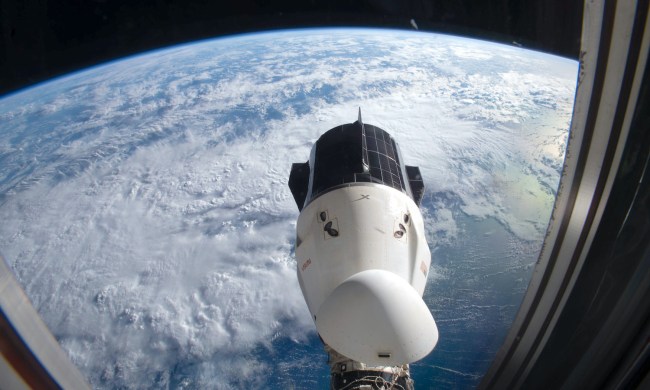An Accident Investigation Team (AIT) made up of members of SpaceX, NASA, the U.S. Air Force, and other industry experts was formed in response to the incident, are poring over data from 3,000 different sources that include engineering data, audio, video, and still imagery. The approximate anomaly window is a scant 93 milliseconds, barely under one-tenth of a second long.
According to the report, in addition to the data sources, the team also recovered and cataloged a majority of the debris from the explosion, all of which is under inspection as well.
The collected data and debris analysis seemingly point to the explosion being caused by a breach in the Falcon 9’s cryogenic helium system within the rocket’s second-stage liquid oxygen tank. While the breach is the likely point of failure, exactly how the breach occurred and what may have caused it is still being investigated.
The AIT has also examined the Cape Canaveral Air Force Station Space Launch Complex 40 (LC-40) and surrounding facilities for any damage. The launch pad endured significant effects from the explosion, though its control systems remain intact. The nearby Falcon Support Building was also spared any damage. During rocket launches, the Falcon Support Building is unoccupied, and thus any threat to health and safety from the explosion was avoided. Furthermore, the report assures the kerosene fuel farm and the liquid oxygen farm and its facilities, which include tanks of super-chilled liquid oxygen and their plumbing, were both untouched and are functioning properly.
The AIT has also ruled out any potential connection to CRS-7 incident that took place in June 2015, when a Falcon 9 launching a Dragon cargo craft bound for the International Space Station for a resupply mission disintegrated two minutes after launch.
SpaceX has a lot riding on these missions. As a private company, its business is the safe operation of its space craft. Unlike NASA or any other government-funded space flight organization, SpaceX has a financial interest in the success of these missions, and it is evident from how thorough the investigation has been that the company takes the performance of its rockets and the review of any failures seriously.
Despite the setback posed by the Amos-6 incident, SpaceX is marching ahead in its mission to bring space flight and exploration into a new era. The company is moving forward with several planned launches and Elon Musk remains optimistic SpaceX will be executing a manned mission to Mars within 10 years.


